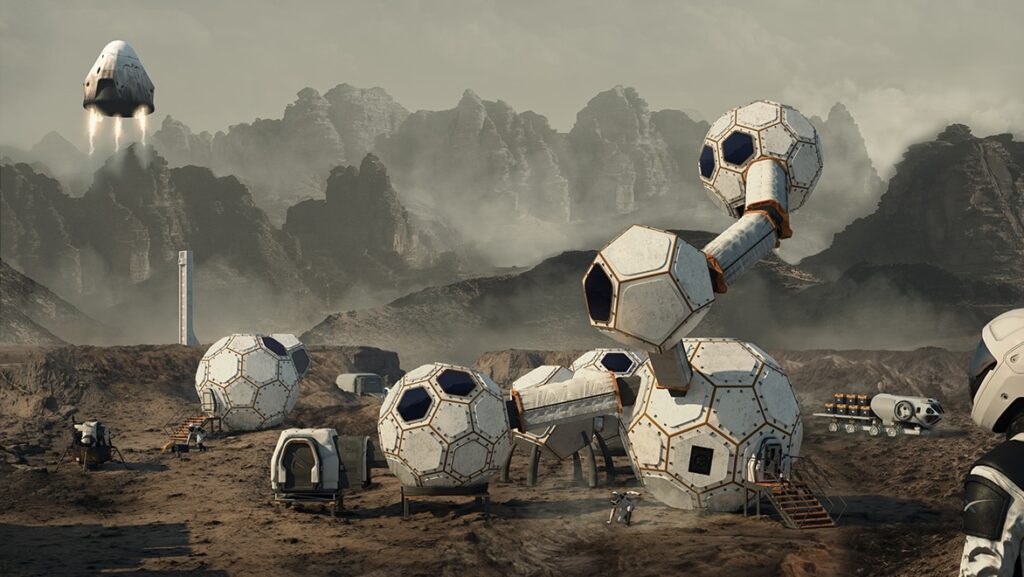Game developers use 3D modeling software to create immersive and realistic environments for video games. 3D modeling software is a computer program that allows developers to create and manipulate three-dimensional objects like buildings, landscapes, characters and animals, using a variety of tools like shape, modifier and texturing tools. The process involves concept art, modeling, texturing, lighting, testing and polishing. Game developers must have a solid understanding of what the environment will look like before they start and be willing to put in the time and effort required to create realistic and immersive environments.
How Game Developers Use 3D Modeling Software to Create Stunning Game Environments
The world of video gaming has come a long way since the days of simple 2D games like Pong and Tetris. Today’s gamers demand immersive and realistic environments in their games, and the only way to create such environments involves the use of 3D modeling software. Game developers use 3D modeling software to bring their game environments to life, and this article will take a look at how they do it.
What is 3D Modeling Software?
3D modeling software is a computer program that allows developers to create and manipulate three-dimensional objects. These objects can be anything—from buildings and landscapes to characters and animals. The software uses a variety of tools, such as shape tools, modifier tools, and texturing tools, to create realistic and detailed 3D models.
The Gaming Environment
Before game developers can start using 3D modeling software to create game environments, they need to have a solid understanding of what that environment will look like. This includes everything from the geography and terrain of the game world to the architecture and design of buildings and structures. Without this knowledge, it’s impossible to create an accurate and immersive game environment.
The Steps in Creating a Game Environment with 3D Modeling Software
Creating a game environment with 3D modeling software is a multi-step process that starts with concept art and ends with a finished product. Below are the steps game developers take to create a stunning game environment using 3D modeling software.
Concept Art
The first step in creating a game environment is to create concept art. This involves drawing or painting images that represent what the environment will look like. Concept art is a critical part of the process because it serves as a roadmap for the rest of the development process. It helps the developers to visualize what they want the environment to look like, and it gives them a starting point for creating the 3D models.
Modeling the Environment
After the concept art is complete, the game developers can start modeling the environment. They do this by using 3D modeling software to create the structures, terrain, objects, and characters that will be part of the game. This process can take a lot of time and effort, as each object needs to be modeled in detail to create a realistic world.
Texturing the Environment
Once the objects in the environment are modeled, the game developers add textures to them. Textures are images that are wrapped around the 3D model to give it the appearance of a specific material, like concrete or wood. The game developers use a variety of texturing tools to create realistic textures, like bump maps and specular maps.
Lighting the Environment
After the environment is modeled and textured, the game developers add lighting to it. The lighting creates the ambiance in the game environment and makes it feel more realistic. The game developers can use different kinds of lighting, like directional lighting and ambient lighting, to achieve the desired effect.
Testing and Polishing
Once the environment is complete, the game developers test it to make sure everything works as it should. They also polish it to make it look as good as possible. This includes checking for bugs, improving the frame rate, and optimizing the environment for different platforms and consoles.
Conclusion
In conclusion, game developers use 3D modeling software to create stunning game environments that immerse players in the game world. The process of creating a game environment using 3D modeling software involves many steps, including concept art, modeling, texturing, lighting, testing, and polishing. Game developers must have a solid understanding of what they want the environment to look like before they start, and they must be willing to put in the time and effort required to create realistic and immersive environments. With the use of 3D modeling software, game developers can create game environments that are almost as complex and detailed as the real world.
